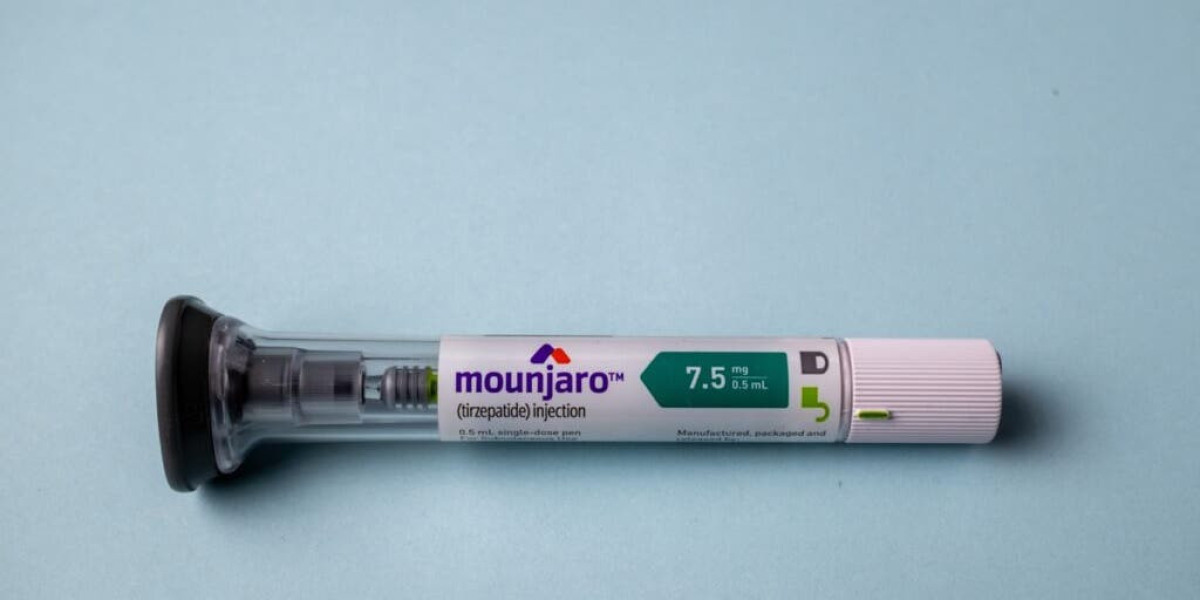1. Obtain Mandatory Export Registrations
Before starting exports, you must secure essential registrations like Import-Export Code (IEC) from the DGFT (Directorate General of Foreign Trade). This is the first step that legally authorizes you to engage in export activities. Depending on your product type, you may also need RCMC (Registration-Cum-Membership Certificate) from the respective Export Promotion Council (EPC) such as APEDA, CAPEXIL, or FIEO.
For food or agricultural items, ensure registration under FSSAI and obtain product approval wherever necessary. These certifications make your business credible in both domestic and international markets.
2. Verify GACC Registration for China
China’s General Administration of Customs (GACC) mandates that all foreign exporters and manufacturers of specific goods, especially food products, must be registered before exporting. This ensures traceability, food safety, and compliance with Chinese import standards.
Partnering with a compliance expert such as Agile Regulatory can simplify the GACC registration process by ensuring all documentation, labeling, and product information meet Chinese regulatory norms.
3. Prepare Export Documentation
Proper documentation is crucial for customs clearance at both ends. Ensure the following are complete and accurate:
Commercial Invoice & Packing List
Bill of Lading or Airway Bill
Certificate of Origin
GACC or CIQ (China Inspection and Quarantine) certificates (if applicable)
Insurance certificate
Export declaration forms
Double-check every document for consistency — discrepancies between invoices and packing lists often lead to costly delays.
4. Ensure Product Labeling and Standards Compliance
China has strict labeling requirements, especially for food, cosmetics, and medical products. All product labels must be in simplified Chinese and include details such as ingredients, manufacturing date, shelf life, importer’s name, and country of origin.
If your product falls under the BIS or GACC regulated categories, it must comply with Chinese quality and safety standards before shipment.
5. Choose a Reliable Freight Forwarder and Customs Agent
Engage a trusted freight forwarder familiar with Chinese import regulations and port procedures. They can guide you on shipping routes, packaging, container booking, and port selection. Similarly, working with a reliable customs broker ensures smooth documentation handling and compliance at the destination port.
6. Understand Payment and Incoterms
Negotiate payment terms carefully. Many exporters use Letter of Credit (LC) or Advance Payment to reduce risk. Familiarize yourself with Incoterms (International Commercial Terms) such as FOB (Free on Board) and CIF (Cost, Insurance, and Freight) — as they determine responsibility for shipping costs and insurance.
7. Partner with a Compliance Consultant
Regulatory compliance can be complex when exporting to China. A professional consultant like Agile Regulatory helps exporters navigate certifications such as GACC Registration, BIS Certification, and export documentation. Their team ensures you meet all procedural and legal requirements, allowing you to focus on expanding your business globally.
Conclusion
Shipping your first container to China is a major step in scaling your export business. By following this checklist — from obtaining mandatory registrations to ensuring labeling compliance — you can minimize risks and ensure a smooth export experience. With expert guidance from Agile Regulatory, you can confidently enter the Chinese market and establish long-term trade success








